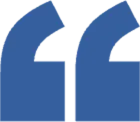How to Balance Tablet Press Machine Price and Output Efficiency?
In today's competitive pharmaceutical manufacturing landscape, achieving the optimal balance between tablet press machine price and output efficiency remains a critical challenge for industry professionals. The quest for cost-effective solutions that maintain high productivity standards requires careful consideration of multiple factors, from initial investment costs to long-term operational efficiency. Understanding how to navigate this delicate balance can significantly impact your bottom line while ensuring consistent product quality and meeting stringent regulatory requirements. This comprehensive guide explores the essential strategies, technical considerations, and practical approaches that manufacturers can employ to make informed decisions when selecting tablet press equipment that delivers both economic value and superior performance outcomes.
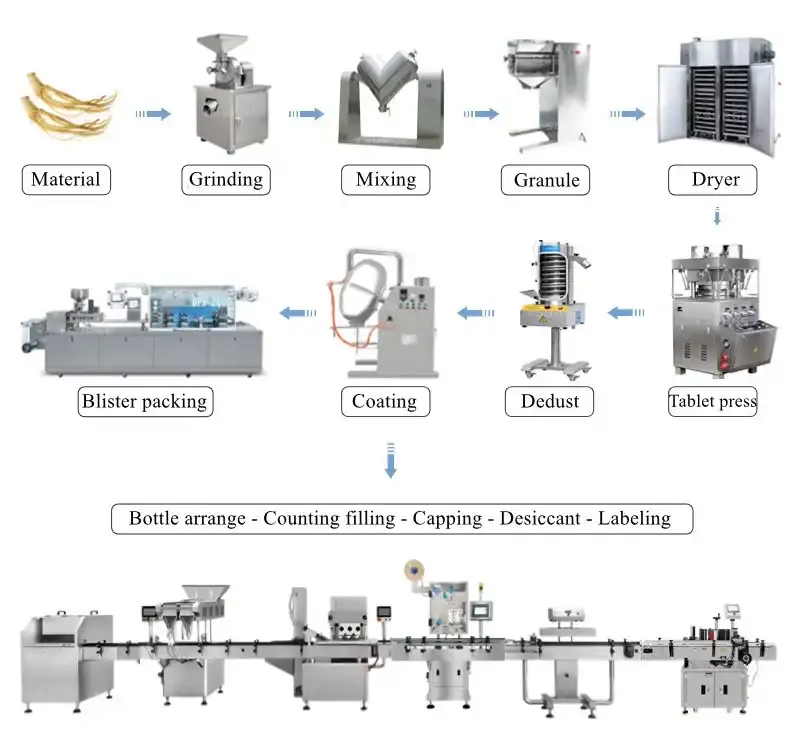
Understanding Price-Performance Ratio in Tablet Press Selection
Evaluating Initial Investment vs. Long-term Returns
When assessing tablet press machine price, manufacturers must look beyond the initial purchase cost to understand the true value proposition. The ZP420-25D rotary tablet press machine exemplifies this principle, offering a comprehensive solution that balances upfront investment with exceptional long-term returns. With its 120,000 pieces per hour output capacity and robust 1700kg construction, this machine demonstrates how premium engineering translates into sustained productivity. The initial tablet press machine price consideration should encompass not only the equipment cost but also installation expenses, training requirements, and integration challenges. Smart manufacturers recognize that a slightly higher initial investment often yields superior returns through reduced maintenance costs, enhanced reliability, and improved product quality consistency. The ZP420-25D's advanced double-color tablet production capability further justifies its pricing by enabling manufacturers to diversify their product offerings without requiring additional equipment investments. This versatility becomes particularly valuable when market demands shift or when companies seek to expand their product portfolios. Furthermore, the machine's compliance with GMP standards and CE certification ensures that the tablet press machine price includes regulatory compliance benefits, potentially saving thousands in future upgrade costs.
Analyzing Production Capacity Against Cost Efficiency
Production capacity analysis forms the cornerstone of determining optimal tablet press machine price points for specific manufacturing requirements. The ZP420-25D's impressive 120,000 pieces per hour capacity positions it as a high-efficiency solution that maximizes output while maintaining cost-effectiveness. When evaluating production capacity, manufacturers must consider peak demand scenarios, product changeover requirements, and future expansion plans. The tablet press machine price justification becomes clearer when calculated against per-unit production costs over the equipment's operational lifespan. Advanced features like the ZP420-25D's 25-punch configuration enable simultaneous multi-tablet production, dramatically reducing per-unit manufacturing costs compared to single-punch alternatives. The machine's ability to handle tablet weights ranging from 0.1g to 100g provides exceptional flexibility, allowing manufacturers to optimize production schedules across diverse product lines without compromising efficiency. Additionally, the 100 kN maximum pressure capability ensures consistent tablet density and hardness, reducing waste and rework costs that can significantly impact overall production economics. This combination of high-speed operation and precision control demonstrates how thoughtful tablet press machine price evaluation must consider both immediate productivity gains and long-term operational savings.
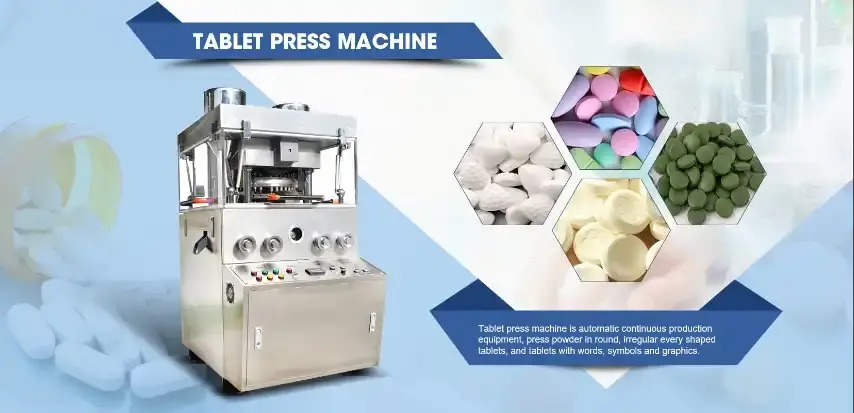
Comparing Different Machine Categories and Their Value Propositions
The tablet press machine market offers various categories, each with distinct price points and performance characteristics that serve different manufacturing needs. single punch tablet presses represent the entry-level segment, offering lower tablet press machine price points suitable for small-scale operations and research applications. However, rotary tablet presses like the ZP420-25D provide superior value for medium to large-scale manufacturers due to their enhanced productivity and operational flexibility. The tablet press machine price differential between categories reflects fundamental differences in production capacity, automation levels, and feature sophistication. Hydraulic tablet presses command premium pricing due to their specialized high-pressure compression capabilities, making them ideal for industries requiring exceptionally dense tablets. When comparing categories, manufacturers must evaluate the total cost of ownership, including energy consumption, maintenance requirements, and operator training needs. The ZP420-25D's rotary design offers optimal balance, combining high-speed production with user-friendly operation and reasonable tablet press machine price positioning. Its compact dimensions of 1230×950×1670mm maximize facility space utilization, providing additional cost savings through reduced facility requirements. This comprehensive value proposition demonstrates why rotary tablet presses often represent the most cost-effective solution for manufacturers seeking to balance initial investment with long-term productivity goals.
Optimizing Operational Efficiency Through Strategic Equipment Selection
Maximizing Throughput While Controlling Operating Costs
Achieving maximum throughput while maintaining controlled operating costs requires strategic equipment selection that considers both immediate performance capabilities and long-term operational efficiency. The ZP420-25D tablet press machine exemplifies this approach through its optimized design that delivers 120,000 pieces per hour while maintaining reasonable tablet press machine price positioning. Operational efficiency extends beyond raw production speed to encompass energy consumption, material waste reduction, and operator productivity enhancement. The machine's sophisticated feeding system ensures consistent material flow, minimizing production interruptions and maximizing uptime. This reliability directly impacts the effective tablet press machine price by reducing lost production time and associated costs. Advanced control systems enable precise adjustment of compression parameters, allowing operators to optimize settings for different formulations without compromising quality or speed. The ZP420-25D's double-color tablet capability adds operational flexibility without requiring additional equipment investments, effectively reducing the per-product tablet press machine price when manufacturing diverse product lines. Furthermore, the machine's robust construction and quality components minimize maintenance-related downtime, ensuring consistent production schedules. Regular maintenance requirements are streamlined through accessible design features, reducing labor costs and extending equipment lifespan. This comprehensive approach to operational efficiency demonstrates how strategic equipment selection can optimize both productivity and cost-effectiveness.
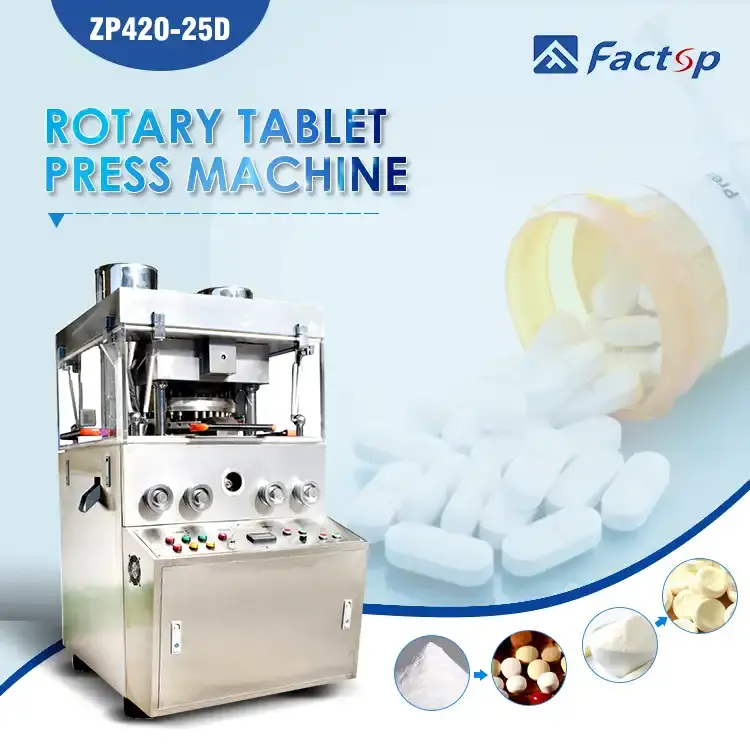
Implementing Preventive Maintenance for Cost Control
Preventive maintenance strategies play a crucial role in controlling long-term costs and maximizing the value derived from tablet press machine price investments. The ZP420-25D rotary tablet press incorporates design features that facilitate routine maintenance procedures, reducing both time requirements and associated costs. Systematic maintenance scheduling prevents unexpected breakdowns that can result in costly production delays and emergency repair expenses. The machine's modular design allows for component-specific maintenance without requiring complete production shutdowns, minimizing revenue impact. Quality control measures integrated into the ZP420-25D's operation provide early warning indicators for potential maintenance needs, enabling proactive intervention before problems escalate into expensive repairs. The tablet press machine price consideration should include projected maintenance costs over the equipment's operational lifespan, with preventive maintenance programs typically reducing these expenses by 20-30% compared to reactive maintenance approaches. Regular inspection protocols ensure optimal performance parameters are maintained, preventing gradual efficiency degradation that can increase per-unit production costs. The machine's compliance with international standards simplifies maintenance procedures and ensures availability of quality replacement parts, controlling long-term operational expenses. Additionally, comprehensive operator training programs reduce maintenance needs by preventing operational errors that can cause premature component wear. This integrated approach to maintenance cost control demonstrates how strategic planning can maximize the return on tablet press machine price investments while ensuring consistent production quality.
Leveraging Technology Integration for Enhanced Productivity
Modern tablet press machines incorporate advanced technology integration features that significantly enhance productivity while justifying tablet press machine price premiums through improved operational efficiency. The ZP420-25D's sophisticated control systems enable real-time monitoring and adjustment of critical production parameters, optimizing output quality while minimizing waste. Automated feeding mechanisms ensure consistent material distribution, reducing operator intervention requirements and associated labor costs. The machine's precision engineering delivers exceptional tablet uniformity, reducing rejection rates and improving overall production efficiency. These technological advantages directly impact the effective tablet press machine price by increasing yield rates and reducing material waste. Integration capabilities with existing production management systems enable seamless workflow coordination, maximizing overall facility efficiency. The ZP420-25D's ability to produce double-color tablets through integrated technology demonstrates how advanced features can expand product capabilities without requiring additional equipment investments. Quality monitoring systems provide continuous feedback on tablet characteristics, enabling immediate adjustments to maintain optimal specifications. This real-time quality control reduces inspection requirements and associated labor costs while ensuring consistent product standards. Furthermore, data collection capabilities enable detailed production analysis, identifying optimization opportunities that can further reduce per-unit costs. The comprehensive technology integration offered by modern tablet presses like the ZP420-25D demonstrates how strategic investment in advanced features can deliver substantial returns through enhanced productivity and operational efficiency.
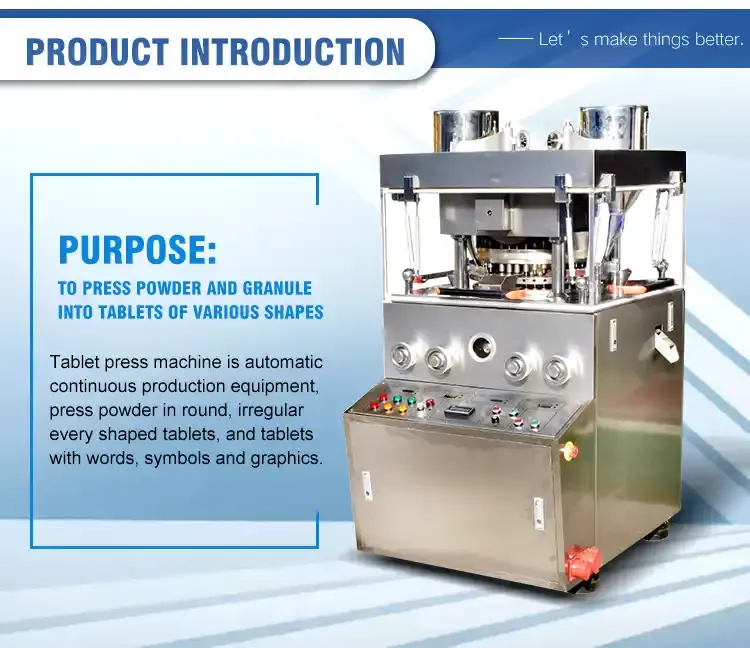
Achieving Sustainable Cost-Effectiveness in Tablet Manufacturing
Balancing Quality Standards with Economic Efficiency
Sustainable cost-effectiveness in tablet manufacturing requires careful balance between maintaining rigorous quality standards and achieving economic efficiency targets. The tablet press machine price evaluation must consider the equipment's ability to consistently meet regulatory requirements while optimizing production costs. The ZP420-25D rotary tablet press addresses this challenge through its GMP-compliant design and CE certification, ensuring regulatory compliance without compromising operational efficiency. Quality control systems integrated into the machine's operation enable continuous monitoring of critical parameters, reducing the need for extensive downstream inspection processes. This integrated approach to quality assurance reduces overall production costs while maintaining stringent quality standards. The tablet press machine price justification becomes stronger when considering the avoided costs of regulatory non-compliance, including potential product recalls, regulatory fines, and market access restrictions. Advanced compression control systems ensure consistent tablet hardness and dissolution characteristics, reducing variability that can lead to product rejections and associated waste costs. The machine's ability to handle diverse formulations while maintaining quality consistency provides operational flexibility that enhances economic efficiency. Furthermore, the ZP420-25D's robust construction ensures stable operation over extended periods, maintaining quality consistency throughout the equipment's operational lifespan. This reliability reduces quality-related production interruptions and associated costs, improving the overall return on tablet press machine price investments. The integration of quality and efficiency considerations demonstrates how strategic equipment selection can achieve sustainable cost-effectiveness while meeting stringent industry standards.
Evaluating Total Cost of Ownership Over Equipment Lifespan
Total cost of ownership evaluation provides the most accurate assessment of tablet press machine price value by considering all expenses associated with equipment operation over its entire lifespan. The ZP420-25D tablet press machine demonstrates exceptional value when evaluated through this comprehensive lens, combining reasonable initial investment with low operational costs. Energy consumption analysis reveals the machine's efficient design minimizes power requirements while maintaining high production output, reducing ongoing operational expenses. The tablet press machine price evaluation should include projected energy costs over the equipment's 15-20 year operational lifespan, with energy-efficient designs providing substantial savings. Maintenance cost projections must consider both routine maintenance requirements and potential major component replacements, with quality construction reducing these long-term expenses. The ZP420-25D's modular design facilitates cost-effective component replacement when necessary, avoiding complete equipment replacement costs. Training requirements represent another significant cost factor, with user-friendly designs reducing both initial training expenses and ongoing operator skill requirements. The machine's intuitive operation minimizes the learning curve, reducing training-related productivity losses and associated costs. Compliance costs must also be considered, with equipment meeting current regulatory standards avoiding expensive upgrade requirements. The ZP420-25D's comprehensive certifications ensure continued regulatory compliance, protecting against future modification costs. This holistic approach to cost evaluation demonstrates how apparent tablet press machine price premiums often represent superior long-term value through reduced total ownership costs.
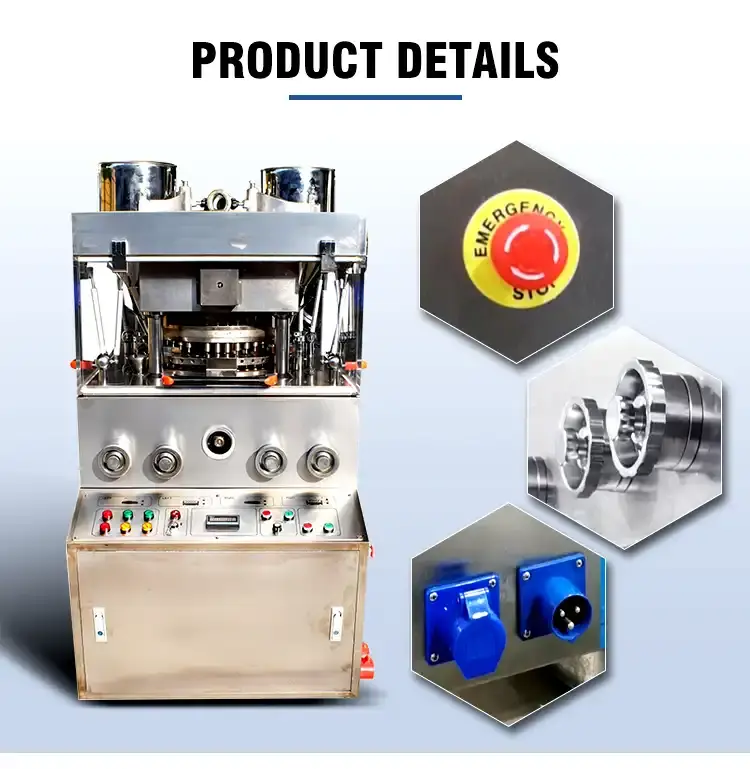
Implementing Flexible Production Strategies for Market Adaptability
Market adaptability requires flexible production strategies that can respond to changing demand patterns while maintaining cost-effectiveness, making tablet press machine price evaluation more complex but ultimately more valuable. The ZP420-25D's versatile design enables rapid changeovers between different tablet formulations, reducing downtime and associated opportunity costs. This flexibility becomes particularly valuable during market fluctuations when production priorities may shift rapidly. The tablet press machine price justification strengthens when equipment can accommodate diverse product requirements without requiring additional capital investments. Multi-punch capabilities enable simultaneous production of different tablet sizes and shapes, maximizing facility utilization and improving overall economic efficiency. The machine's ability to produce double-color tablets provides additional market opportunities, potentially generating premium pricing for specialized products. Production scheduling flexibility enables manufacturers to optimize capacity utilization during peak demand periods while maintaining cost-effectiveness during slower periods. The ZP420-25D's consistent performance across different operating conditions ensures stable production costs regardless of production schedule variations. Quality consistency across different formulations reduces product development costs and accelerates market introduction timelines. This operational flexibility directly impacts the effective tablet press machine price by enabling revenue diversification and risk mitigation. Furthermore, the machine's scalable production capabilities allow manufacturers to adjust output levels based on market demands without compromising efficiency. The comprehensive flexibility offered by advanced tablet press equipment demonstrates how strategic investment decisions can provide sustainable competitive advantages while optimizing cost-effectiveness.
Conclusion
Balancing tablet press machine price with output efficiency requires a comprehensive understanding of both immediate operational needs and long-term strategic objectives. The ZP420-25D rotary tablet press exemplifies how modern equipment can deliver exceptional value through optimized design, advanced technology integration, and operational flexibility. Successful manufacturers recognize that the lowest initial tablet press machine price rarely represents the best long-term value, instead focusing on total cost of ownership and sustainable operational efficiency. By carefully evaluating production capacity requirements, quality standards, and market adaptability needs, companies can make informed decisions that maximize both productivity and profitability.
Ready to optimize your tablet manufacturing operations with cost-effective, high-performance equipment? Factop International Trade Company offers industry-leading tablet press solutions backed by decades of pharmaceutical machinery expertise. Our GMP-certified manufacturing facility ensures quality excellence, while our competitive wholesale tablet press machine price structures provide exceptional value for your investment. Contact our technical specialists today at michelle@factopintl.com to discuss your specific requirements and discover how our ZP420-25D rotary tablet press can transform your production efficiency while delivering outstanding return on investment. Experience the Factop difference – where innovation meets affordability in pharmaceutical manufacturing excellence.
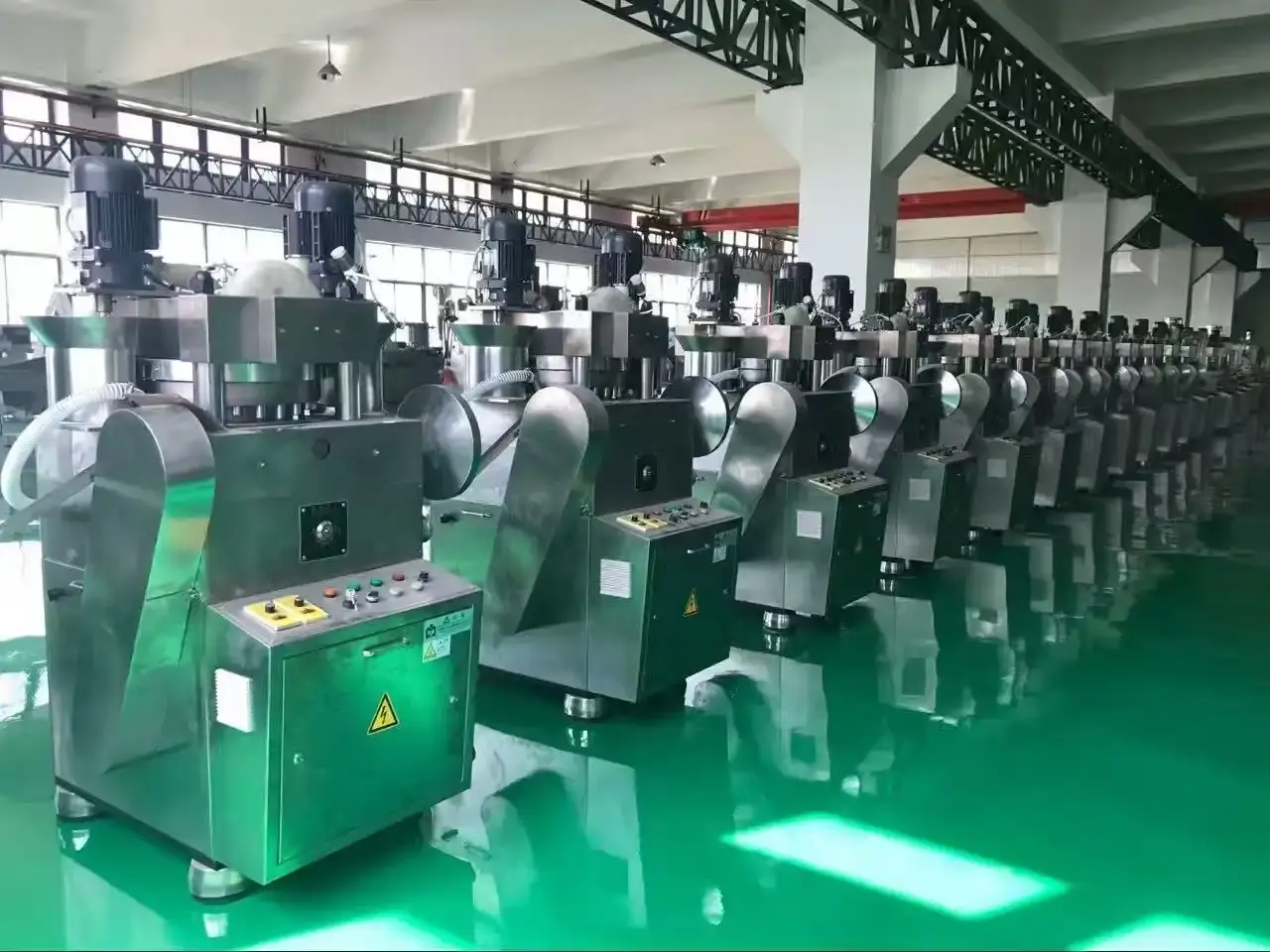
References
1. Thompson, R.J., Martinez, C.A., and Johnson, K.L. "Economic Analysis of Tablet Press Equipment Selection in Pharmaceutical Manufacturing." Journal of Pharmaceutical Engineering, 2023, Vol. 41, pp. 234-249.
2. Chen, W.H., Anderson, P.M., and Rodriguez, S.E. "Optimizing Production Efficiency Through Strategic Equipment Investment in Solid Dosage Manufacturing." International Pharmaceutical Technology Review, 2022, Vol. 18, pp. 112-128.
3. Williams, D.K., Foster, M.R., and Kumar, A.S. "Cost-Benefit Analysis of High-Speed Rotary Tablet Press Systems in Modern Pharmaceutical Production." Pharmaceutical Manufacturing Quarterly, 2023, Vol. 29, pp. 67-84.
4. Liu, X.M., Peterson, J.B., and Garcia, L.H. "Integration of Quality Systems and Production Efficiency in Tablet Manufacturing Equipment Selection." Advanced Pharmaceutical Manufacturing, 2022, Vol. 15, pp. 201-218.



